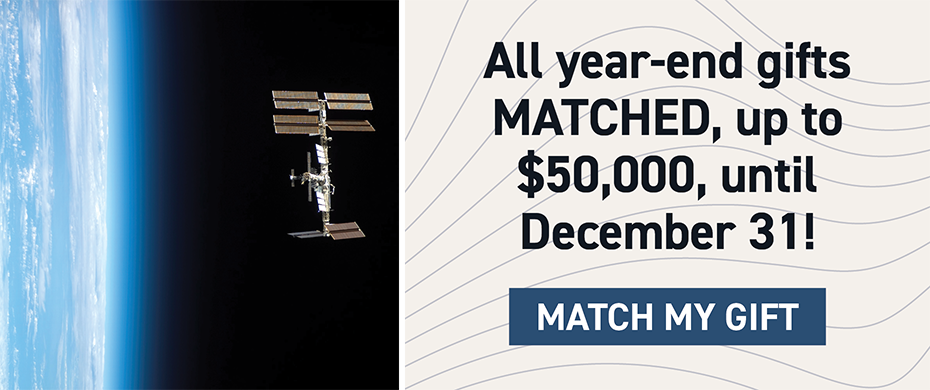
All Stories
Showing 1111 - 1120 of 1733
This week the 53rd National Championship Air Races will be taking place just outside Reno, Nevada. Besides the racers and teams that have made the event the world’s fastest motorsport, fans and spectators are an important part of the culture of air racing and we’ve been researching their place in that exciting history. If you’re a Reno air racing fan, we’re asking you to donate your most-loved t-shirt, jacket, hat, or buttons related to the races to our collection.
The Smithsonian’s National Air and Space Museum is one of the galaxy’s most popular tourist destinations, and celebrates infinite diversity in infinite combinations among its visitors. Although we are fairly certain there are no longer undercover Klingon agents on staff, we welcome citizens of the planet Kronos to explore the history of flight on Earth alongside our terrestrial visitors.
To help increase Klingon visitorship, we turned to Earth’s premier extraterrestrial linguist and former Smithsonian post-doctoral fellow, Marc Okrand. Okrand developed the Klingon and Vulcan languages for the Star Trek franchise, and was kind enough to translate and record a highlights tour.
The Museum periodically performs a thorough, physical check of all our objects. We open panels and cases and closely inspect each object for any sign of deterioration due to light, humidity, vibration, or just the march of time. We always hope there are no surprises. But when conservator Robin O’Hern, gallery inventory coordinator Erin Ober, and their colleagues opened a large chamber in the Apollo to the Moon gallery, they got a shock; an acrid chemical smell.
On September 5, 1882, the Central Labor Union in New York City held a “monster labor festival” in Wendel’s Elm Park, an event that would become known as Labor Day. On October 2, 1924, the Central Labor Union of Dayton sponsored their own trophy race at the International Air Races in Dayton, Ohio.
Although her flight is not considered “official,” this day in history we remember Blanche Stuart Scott, the first American woman to take a solo hop into the air.
It’s the little things we take for granted here on Earth; things like being able to lie down on a bed and not have it float away, or wake up without suffocating on our own exhaled carbon dioxide. While interning at the Museum, I’ve spent time researching several of those things we take for granted but astronauts in space cannot.
Guion Bluford made history on August 30, 1983 when he became the first African American in space, launching into low Earth orbit aboard the Space Shuttle Challenger. He subsequently flew aboard three additional shuttle missions, logging a total of 688 hours in space.
Olive Ann Beech is proof that some milestones in aviation occur with two feet firmly planted on the ground. Olive Ann co-founded Beech Aircraft Corporation with husband Walter Beech and became the first female executive of an aircraft company when she took the reins in 1940. In Famous Personalities of Flight Cookbook, Olive Ann shared a recipe for supper nachos and a little insight into her early years in the aircraft industry.
Art Scholl was a three-time member of the U.S. Aerobatic Team, a racer at the Reno Air Races, an airshow pilot, and a fixed base operator with an aerobatic school. His dog Aileron often flew with him in his deHavilland Chipmunk, riding on the wing as Scholl taxied on the runway or perched on his shoulder in the aircraft.
Today in 1932, Amelia Earhart became the first woman to fly across the U.S. nonstop. Earhart piloted her Lockheed Vega 5B from Los Angeles to Newark in a record 19 hours and 5 minutes.
